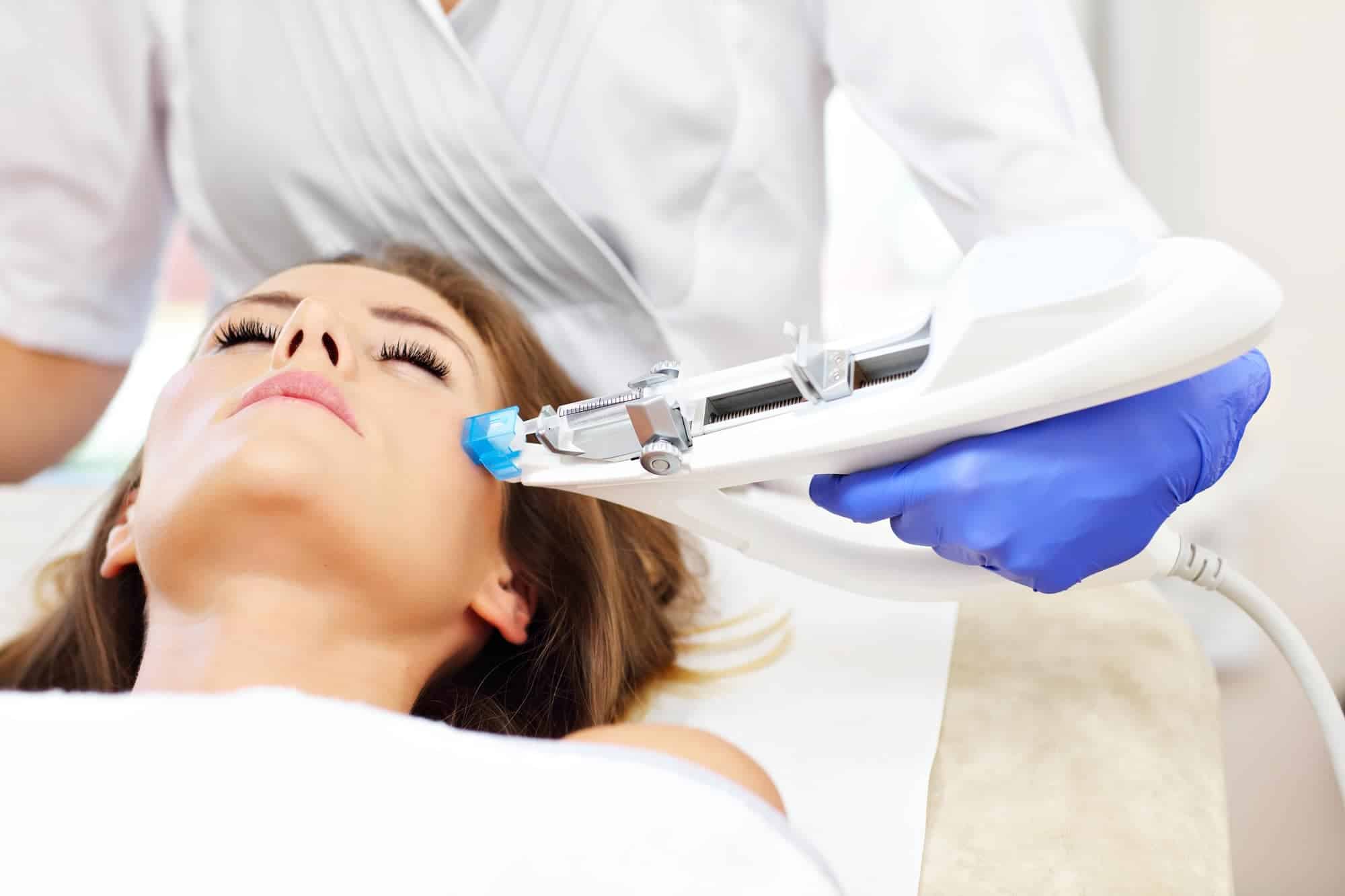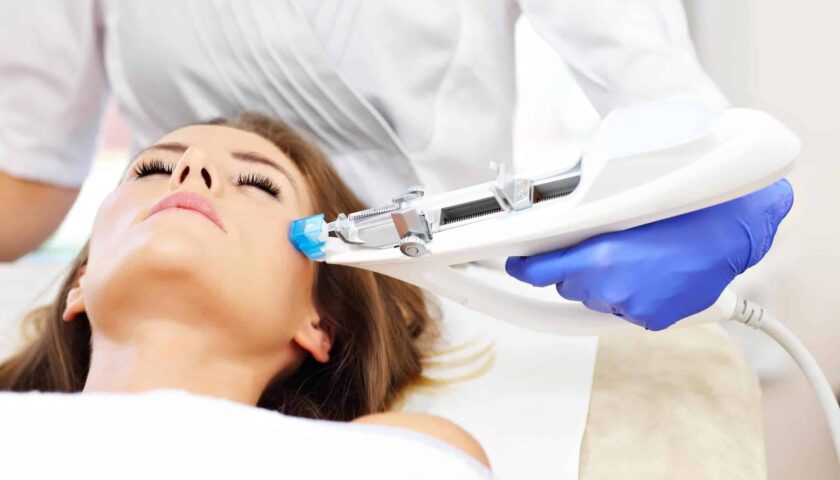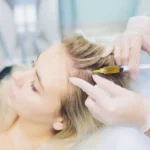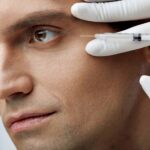
Mesotherapy, a minimally invasive procedure, has gained attention in recent years for its potential benefits in aesthetic and medical treatments. With its origins dating back to the 1950s, mesotherapy has been utilized to address a wide range of concerns, from cellulite reduction and skin rejuvenation to localized fat reduction and hair loss treatments.
By examining the existing knowledge on the topic, we will explore various applications of this procedure and discuss proven mesotherapy benefits you should know about.
What is Mesotherapy?
Mesotherapy was developed by Dr. Michel Pistor, a French physician, in the 1950s. Dr. Pistor introduced this technique as a minimally invasive method of delivering medications and therapeutic substances directly into the skin’s middle layer, known as the mesoderm. He initially used mesotherapy for pain management and to improve blood circulation in patients with vascular conditions.
Over time, mesotherapy’s advantage as a technique led to its popularity for cosmetic treatments. Specifically, it became a popular method for skin rejuvenation and cellulite reduction. Dr. Pistor’s innovative approach revolutionized the field of aesthetic medicine and, in 1987, mesotherapy was recognized by the Academy of Medicine as a legitimate medical procedure.
Mesotherapy involves injecting small amounts of medications, vitamins, minerals, and other active ingredients directly into the mesoderm, which is the middle layer of the skin. This procedure is typically used for cosmetic purposes, and the key benefits of mesotherapy are reducing cellulite, promoting weight loss, and rejuvenating the skin, producing results much like what is expected from cosmetic enhancement products such as Belotero.
During a mesotherapy session, a healthcare professional uses a fine needle to administer a series of injections into the targeted area. The injected substances can vary depending on the desired outcome but commonly include vitamins, amino acids, hyaluronic acid, enzymes, plant extracts, and medications like vasodilators or fat-dissolving compounds.
Benefits of Mesotherapy
The main benefits of this popular treatment vary depending on the specific treatment goals and the substances used during the procedure. Some of the commonly cited benefits include:
- Cellulite reduction: Mesotherapy injections are often promoted as a method to reduce the appearance of cellulite. The injections can target the fat cells and connective tissues beneath the skin, potentially leading to a smoother and more toned appearance.
- Skin rejuvenation: Mesotherapy is believed to stimulate collagen production, which can improve the texture and elasticity of the skin. This can help reduce the signs of aging, such as wrinkles, fine lines, and sagging skin.
- Localized fat reduction: Certain formulations used in mesotherapy can break down and eliminate localized fat deposits. These injections are often used in areas such as the abdomen, thighs, buttocks, and arms to target stubborn fat pockets.
- Hair loss treatment: Another benefit of mesotherapy is in its ability to promote hair growth and combat hair loss. By administering the therapy through injections directly into the patient’s scalp, we can improve blood circulation, nourish hair follicles, and stimulate hair regrowth.
- Improved skin hydration and texture: Mesotherapy can deliver moisturizing substances, vitamins, and antioxidants directly into the skin, leading to improved hydration, texture, and overall skin health.
- No downtime: One of the pros of mesotherapy, especially for patients, is that there’s no period of rest required after the procedure is complete. Patients can continue their daily activities, albeit carefully and while taking certain precautions, similar to how they can quickly get back to their lives after dermal filler injections.
Potential Side Effects
Despite this technique being around for several decades, many still wonder about its effectiveness and safety. So, is mesotherapy safe?
As we’ve seen so far, it has proven very effective in various scenarios and is generally considered a safe procedure. Still, there are certain side effects your patients should be aware of before they decide to undertake mesotherapy.
The most common ones are pain, discomfort, and bruising of the treated area. Since mesotherapy involves injections, certain levels of discomfort are to be expected when the topical anesthetic wears off. For patients, the advantages of mesotherapy highly outweigh these slight annoyances which are, realistically speaking, expected in most cosmetic treatments.
A small percentage of patients may experience an allergic reaction to the ingredients in these injections. These can include discoloration of the skin at the injection site, redness, and hives. Infection risks are very low and, if the procedure is performed in a sterile environment, there’s pretty much no risk involved.
Conclusion
Mesotherapy holds the potential for various benefits in the aesthetic and medical realms. These potential advantages include cellulite reduction, skin rejuvenation, localized fat reduction, and stimulation of hair growth. By delivering targeted substances directly into the skin, mesotherapy provides long-term, visible results, and a high rate of patient satisfaction.
FAQ
Does mesotherapy really work?
Yes, mesotherapy has a very high success rate (95% and higher) and mesotherapy results are quite impressive in most patients.
How long does it take to see results from mesotherapy?
On average, patients should see the results of their treatment after three weeks. Depending on the goal of the mesotherapy, sometimes the process needs to be repeated through several monthly treatments.
How often should you have mesotherapy?
This highly depends on the patient’s skin condition and desired results. Generally speaking, the greatest mesotherapy benefits are achieved after three to six treatments, each 2-4 weeks apart.
References
Efficacy of mesotherapy in facial rejuvenation: A histological and immunohistochemical evaluation; Moetaz El-Domyati, Tarek S El-Ammawi, Osama Badr Moawad, Hasan El-Fakahany; Aug 2012
https://www.researchgate.net/publication/229080070_Efficacy_of_mesotherapy_in_facial_rejuvenation_A_histological_and_immunohistochemical_evaluation
Mesotherapy for local fat reduction; S. Jayasinghe, T. Guillot, L. Bissoon and F. Greenway; May 2013
https://paulogentil.com/pdf/Mesotherapy%20for%20local%20fat%20reduction.pdf
The applications of mesotherapy in aesthetic medicine; Philippe Hamida-Pisal
https://www.thepmfajournal.com/media/6295/pmfaon17-mesotherapy-v3.pdf
Intradermal Therapy (mesotherapy) in Dermatology; Journal of Dermatology and Skin Science; Mar 2020
https://www.dermatoljournal.com/articles/intradermal-therapy-mesotherapy-in-dermatology.pdf
Mesotherapy Strategies and Techniques: A View; Haqeeq Ahmad; Oct 2020
Injectable aesthetics are popular due to their ability to provide noticeable results with minimal downtime compared to surgical procedures. They are versatile and can be tailored to meet individual aesthetic goals, whether it's enhancing lips, restoring facial volume, or smoothing out wrinkles. However, they should always be administered by qualified professionals to ensure safety and achieve optimal results.
Injectable aesthetics are used to enhance facial features, reduce the signs of aging, and improve overall facial symmetry and appearance.
Key types of injectable aesthetics include:
-
Dermal Fillers: These injectables are used to add volume, fill in wrinkles and folds, and enhance facial contours. They often contain substances like hyaluronic acid, collagen, or calcium hydroxylapatite, which help plump up the skin and smooth out fine lines and wrinkles.
-
Botulinum Toxin (Botox): Botulinum toxin injections temporarily relax facial muscles that cause wrinkles and lines to form. It is commonly used to treat forehead lines, frown lines between the eyebrows, and crow's feet around the eyes.
-
Collagen Stimulators: These injectables stimulate the body's own collagen production, helping to improve skin texture and firmness over time. Examples include poly-L-lactic acid (Sculptra) and calcium hydroxylapatite (Radiesse).
-
Neurotoxin Injections: Besides Botox, other neurotoxins such as Dysport and Xeomin are used similarly to reduce wrinkles and lines.





